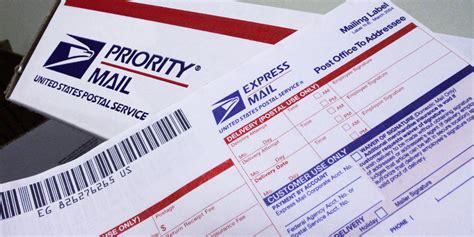Mail on the Move: How Long Does Forwarding Take?
Email forwarding is a convenient tool, allowing you to receive emails sent to one address in another inbox. But how long does this process actually take? The answer, unfortunately, isn't a simple one. The speed of email forwarding depends on several factors, and understanding these nuances is key to managing your expectations.
What Factors Influence Email Forwarding Speed?
Several factors contribute to the delay in receiving forwarded emails. Let's break them down:
1. The Sending Server's Speed:
The initial sending server plays a crucial role. A busy or overloaded server might take longer to process and send the email, delaying the forwarding process regardless of the receiving server's speed. This is outside your control, but understanding this factor helps manage expectations.
2. The Forwarding Server's Speed & Configuration:
Your email provider's server, where your forwarding is configured, is the next critical point. Their server's processing speed and the efficiency of their forwarding mechanisms significantly impact the delivery time. A well-maintained server with optimized forwarding settings will deliver emails much faster.
3. The Receiving Server's Speed:
The final destination server, the one hosting your forwarding inbox, also affects the overall speed. If this server is experiencing high traffic or technical issues, the forwarded email might experience delays before reaching your inbox.
4. Email Size and Attachments:
Larger emails, especially those with multiple or large attachments, naturally take longer to send and forward. The size of the email directly impacts transmission time across all servers involved.
5. Network Congestion:
Network congestion between the various servers can cause significant delays. This is especially true during peak usage times or if any network outages occur along the route.
6. Filtering and Spam Checks:
Spam filters and security protocols at each server (sending, forwarding, and receiving) can add extra time to the delivery process. Emails flagged as suspicious might undergo additional checks, leading to delays.
How Long Can It Actually Take?
While there's no single definitive answer, most forwarded emails arrive within a few seconds to a few minutes. However, in less ideal circumstances, it could take up to several hours or even longer in extreme cases. Factors like large attachments, server outages, or heavy network congestion could be responsible for these significant delays.
How to Speed Up Email Forwarding (If Possible):
While you can't directly control the speed of external servers, you can optimize your side of the process:
- Reduce email size: Avoid sending large attachments whenever possible. Use cloud storage services like Google Drive or Dropbox to share large files separately.
- Check for server issues: If you consistently experience delays, check your email provider's status page for reported outages or issues.
What if My Forwarded Emails Are Significantly Delayed?
If you consistently experience significant delays (hours or days) in receiving forwarded emails, consider contacting your email provider's support team. They might be able to investigate server-side issues or help you optimize your forwarding settings.
Frequently Asked Questions
Does forwarding affect the original email's delivery time?
No, forwarding an email doesn't impact the original email's delivery to its intended recipient. The forwarding process happens after the initial delivery is successful.
Can I forward emails from multiple accounts to one account?
Yes, most email providers allow forwarding from multiple accounts to a single receiving inbox. This feature varies slightly depending on the provider's configuration.
Is email forwarding secure?
While generally secure, email forwarding does involve passing your email through multiple servers. If security is a major concern, consider using encrypted email services or implementing additional security measures.
Can I undo email forwarding?
Yes, you can typically disable or undo email forwarding at any time through your email provider's settings.
This detailed explanation should help you understand the various factors that influence email forwarding speed. While instantaneous delivery isn't always guaranteed, understanding these variables can help manage your expectations and troubleshoot any significant delays.

